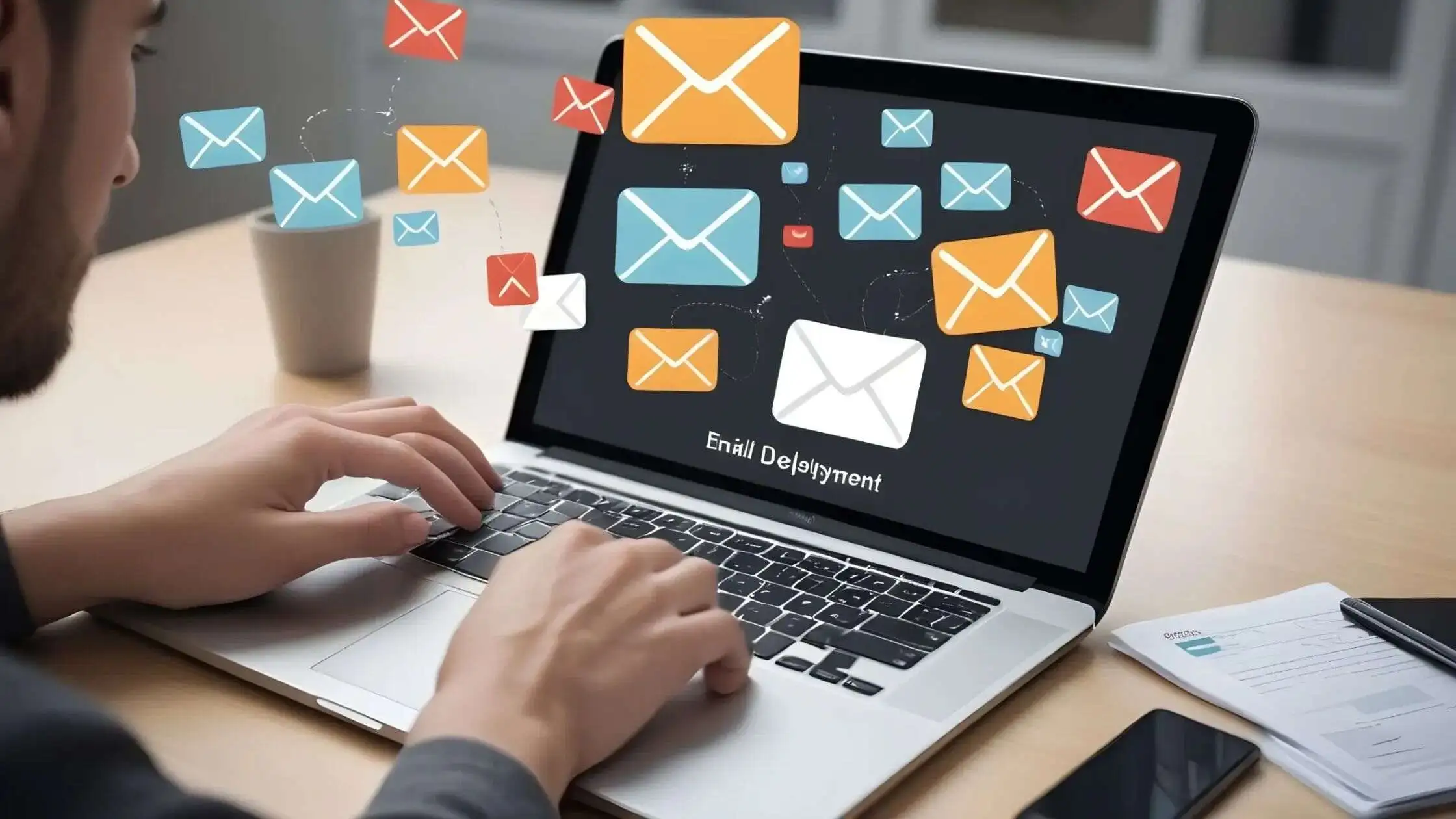
Email deployment is a critical aspect of email marketing that involves sending targeted messages to a specific audience at the right time and frequency. A well-executed email deployment strategy can help businesses engage subscribers, drive conversions, and build lasting customer relationships. In this comprehensive guide, we’ll explore the fundamentals of email deployment, best practices for success, and advanced strategies to maximize the impact of your email campaigns.
Understanding Email Deployment
Email deployment refers to email marketing to a predetermined list of subscribers or contacts. This process involves several key steps:
Segmentation: Before deploying emails, it’s essential to segment your email list based on factors such as demographics, past purchase behavior, engagement level, and interests. Segmentation allows you to tailor your messages to specific audience segments and deliver more relevant content.
Content Creation: Once you’ve segmented your audience, create compelling and relevant content for your email campaigns. This may include promotional offers, product announcements, educational content, newsletters, or personalized recommendations.
Design and Branding: Design visually appealing email templates that reflect your brand’s identity and message. Pay attention to layout, color scheme, typography, and imagery to create a cohesive and professional look for your emails.
Timing and Frequency: Determine the optimal timing and frequency for email deployment. Consider factors such as time zone differences, industry norms, and subscriber preferences to maximize engagement and minimize the risk of unsubscribes or spam complaints.
Testing and Optimization: Before deploying your emails to your entire list, conduct A/B tests to optimize various elements of your campaigns, such as subject lines, CTAs, content, and send times. Use the insights gained from testing to refine your strategies and improve the performance of your campaigns.
Best Practices for Email Deployment
Ensure Deliverability: To maximize the chances of your emails reaching your subscribers’ inboxes, follow best practices for email deliverability. This includes maintaining a clean and updated email list, using a reputable email service provider (ESP), and adhering to anti-spam laws and regulations.
Personalization: Personalize your email content and subject lines to make your messages more relevant and engaging for individual recipients. Use merge tags to insert dynamic content into your emails, such as the recipient’s name or recent purchase history.
Mobile Optimization: With a growing number of people accessing emails on mobile devices, optimizing your email campaigns for mobile responsiveness is crucial. Ensure your emails render properly on various screen sizes and devices to provide a seamless user experience.
Clear Call to Action (CTA): Include a clear and compelling call to action in your emails to prompt recipients to take the desired action, whether purchasing, signing up for a webinar, or downloading a resource. Use action-oriented language and visually prominent buttons to encourage clicks.
Monitor Performance Metrics: Track key performance metrics such as open rates, click-through rates, conversion rates, and unsubscribe rates to measure the effectiveness of your email campaigns. Use this data to identify areas for improvement and optimize your future deployments.
Advanced Strategies for Email Deployment
Automation: Implement email automation workflows to streamline your deployment process and deliver personalized, timely messages to subscribers based on their behavior or lifecycle stage. Automate welcome emails, abandoned cart reminders, re-engagement campaigns, and more to nurture leads and drive conversions.
Dynamic Content: Incorporate dynamic content into your emails to deliver personalized experiences tailored to each recipient’s preferences and interests. Use dynamic product recommendations, location-based offers, or countdown timers to create a sense of urgency and relevance.
Predictive Analytics: Leverage predictive analytics to anticipate customer behavior and proactively send targeted emails that address their needs or interests. Use predictive models to identify high-value segments, predict churn, or recommend relevant products based on past purchase history and browsing behavior.
Behavioral Targeting: Segment your audience based on their engagement behavior and send targeted emails that align with their interests and preferences. Tailor your messaging based on factors such as email opens, clicks, website visits, and purchase history to deliver more relevant content and drive engagement.
Multichannel Integration: Integrate your email deployment efforts with other marketing channels, such as social media, SMS, and push notifications, to create cohesive and integrated campaigns. Coordinate messaging across channels to reinforce your brand message and reach customers wherever they are.
Conclusion: Elevating Your Email Deployment Strategy
Email deployment is a cornerstone of successful email marketing campaigns, allowing businesses to connect with their audience in a personalized and impactful way. By understanding the fundamentals of email deployment, following best practices, and embracing advanced strategies, you can maximize the effectiveness of your email campaigns and drive meaningful results for your business. Stay informed about industry trends, experiment with new tactics, and continuously optimize your email deployment strategy to stay ahead of the competition and engage your audience effectively.

